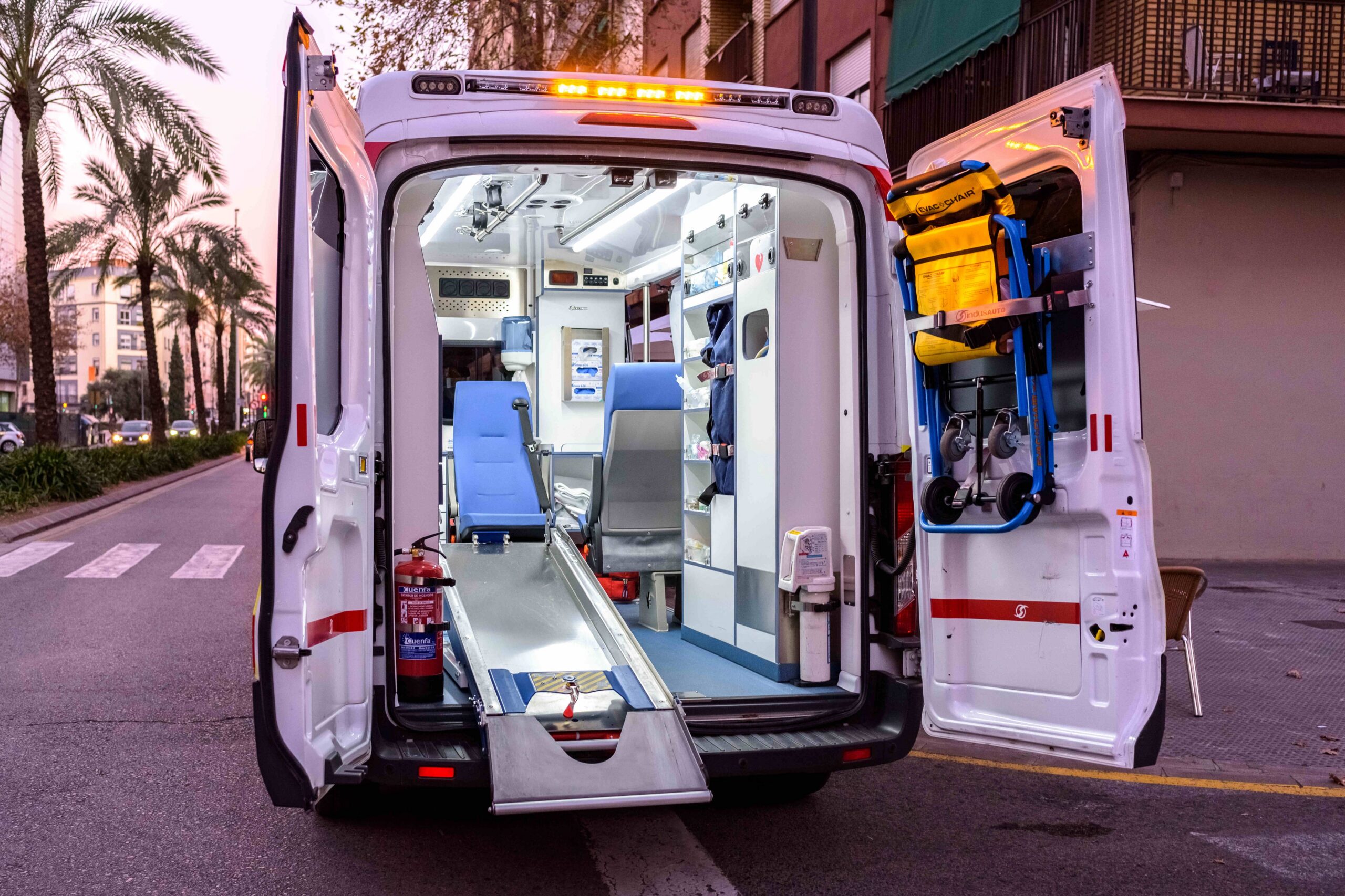Getting to a doctor’s appointment may seem like a small hurdle—unless you don’t have a car, can’t drive due to health issues, or live in a rural area with limited transit options. For millions of Medicaid enrollees, transportation can be the difference between staying on top of health needs and missing out on critical care.

That’s why Medicaid includes a lesser-known but essential benefit: Non-Emergency Medical Transportation (NEMT). This program helps eligible individuals get to and from medical services that are covered under Medicaid—without worrying about how they’ll get there.
Whether you’ve never heard of NEMT or you’re trying to help someone you love access a ride, here’s how the system works, what it covers, and how to use it effectively.
What Is Non-Emergency Medical Transportation (NEMT)?
Non-Emergency Medical Transportation is a Medicaid benefit that provides free or low-cost transportation to medical appointments, pharmacies, mental health visits, dialysis centers, and other healthcare services.
It’s called “non-emergency” because it’s designed for routine, scheduled care—not urgent or emergency situations (which would be handled by ambulances or 911 services). The NEMT program is critical for people who:
Don’t have access to a car
Are unable to drive due to age, disability, or medical conditions
Can’t safely or affordably use public transportation
Live in rural areas where transportation is limited
Without NEMT, these individuals might skip appointments, delay care, or go without essential medications—outcomes that can worsen health and increase long-term costs.
Who Is Eligible for NEMT?
In general, all Medicaid enrollees are eligible for NEMT services if they have no other means of transportation and the trip is for a covered medical service. That includes doctor’s appointments, dental care (if covered by your state), mental health counseling, physical therapy, and trips to pharmacies.
However, because Medicaid is state-administered, the exact rules and eligibility details vary. Some states require:
A doctor’s note confirming the need for transportation
Advance notice (typically 24 to 72 hours)
That the trip be to an in-network provider
Prior authorization for recurring trips (like dialysis)
If you’re not sure whether you qualify, contact your state Medicaid office or your managed care plan (if you’re enrolled in one) for guidance.
What Kinds of Transportation Are Provided?
The type of transportation you receive depends on your medical condition, mobility needs, and what’s available in your area. NEMT providers offer a range of services, including:
Public transit passes for bus or rail systems
Rideshare services like Lyft or Uber (in participating states)
Non-emergency vans equipped with wheelchair lifts
Private car services for ambulatory patients
Stretcher vans for individuals who can’t sit upright
The ride provided is meant to match your specific needs—no more, no less. For example, if you can walk and just need a lift, you won’t be assigned a wheelchair-accessible van. But if you require assistance or specialized equipment, the system is designed to accommodate that.
How to Schedule a Ride Through Medicaid
Each state or managed care organization partners with specific transportation brokers or NEMT vendors. You can usually schedule a ride in one of three ways:
Call a toll-free number provided by your state Medicaid program or health plan. This is often listed on the back of your insurance card.
Use an online portal (available in some states) to book or confirm transportation.
Work with your case manager or healthcare provider to arrange recurring rides for treatment schedules like dialysis, chemotherapy, or physical therapy.
When calling to schedule a ride, be prepared to provide:
Your full name and Medicaid ID number
The date and time of your appointment
The address and phone number of the provider
Any special needs (e.g., wheelchair, assistance)
Whether you’ll have a companion or caregiver with you
It’s best to request a ride at least 48 to 72 hours in advance, though some states may accept shorter notice for urgent, non-emergency care.
What Happens on the Day of the Ride?
On the day of your appointment, your driver should arrive within a designated window—typically 15 minutes before or after your scheduled pickup time. Some systems offer text or call reminders, and you may be able to track your ride using a mobile app if your state uses rideshare partners.
After your appointment, the return trip is usually coordinated automatically. In some states, you’ll need to call to confirm you’re ready for pickup. In others, the driver will wait for you or schedule a time to return.
If your appointment runs long, communication is key—call the transportation provider to avoid delays or missed return trips.
Are There Any Limitations?
While NEMT is a powerful benefit, there are a few important limitations to be aware of:
It’s only for covered services. You can’t use it for non-medical errands or to see out-of-network providers unless authorized.
State rules vary. What’s covered and how it’s delivered depends on where you live and what type of Medicaid plan you have.
Advance notice is often required. Last-minute requests may not be guaranteed.
There may be limits on companions. In most cases, only one caregiver can ride along unless medically necessary.
Some states have also contracted with rideshare services like Uber Health or Lyft Concierge to expand access, especially in urban and suburban areas. These programs typically offer curb-to-curb service but may lack medical assistance for those who need help getting in and out of vehicles.
What If There’s a Problem?
Missed pickups, late arrivals, or other issues should be reported to the transportation provider or to your Medicaid plan’s member services. States are required to monitor the performance of their NEMT vendors, and feedback from users helps improve reliability.
If you feel your service was unfairly denied or unsafe, you may also file a complaint with your state’s Medicaid ombudsman or contact your state health department.
Why This Benefit Matters—Especially Now
Transportation may not get as much attention as prescription drugs or hospital care, but it’s just as vital. Delayed or missed appointments can lead to poorer health outcomes, increased emergency room visits, and higher costs for everyone.
NEMT is especially important for:
Seniors with mobility limitations
People with disabilities
Rural residents who live far from providers
Individuals managing chronic illnesses that require frequent care
And as more healthcare services move to managed care models or coordinated networks, NEMT ensures that transportation isn’t a barrier to getting timely, consistent treatment.
Final Thought
If you’re on Medicaid and transportation is a challenge, NEMT could be the solution you didn’t know you had. From routine checkups to essential therapies, this benefit is there to ensure your care is accessible—not just covered.
It’s one more example of how Medicaid supports not just medical treatment, but whole-person health. So whether you’re planning your next appointment or helping a loved one navigate the system, don’t overlook this powerful tool. A ride to care can be the first step toward better health.










